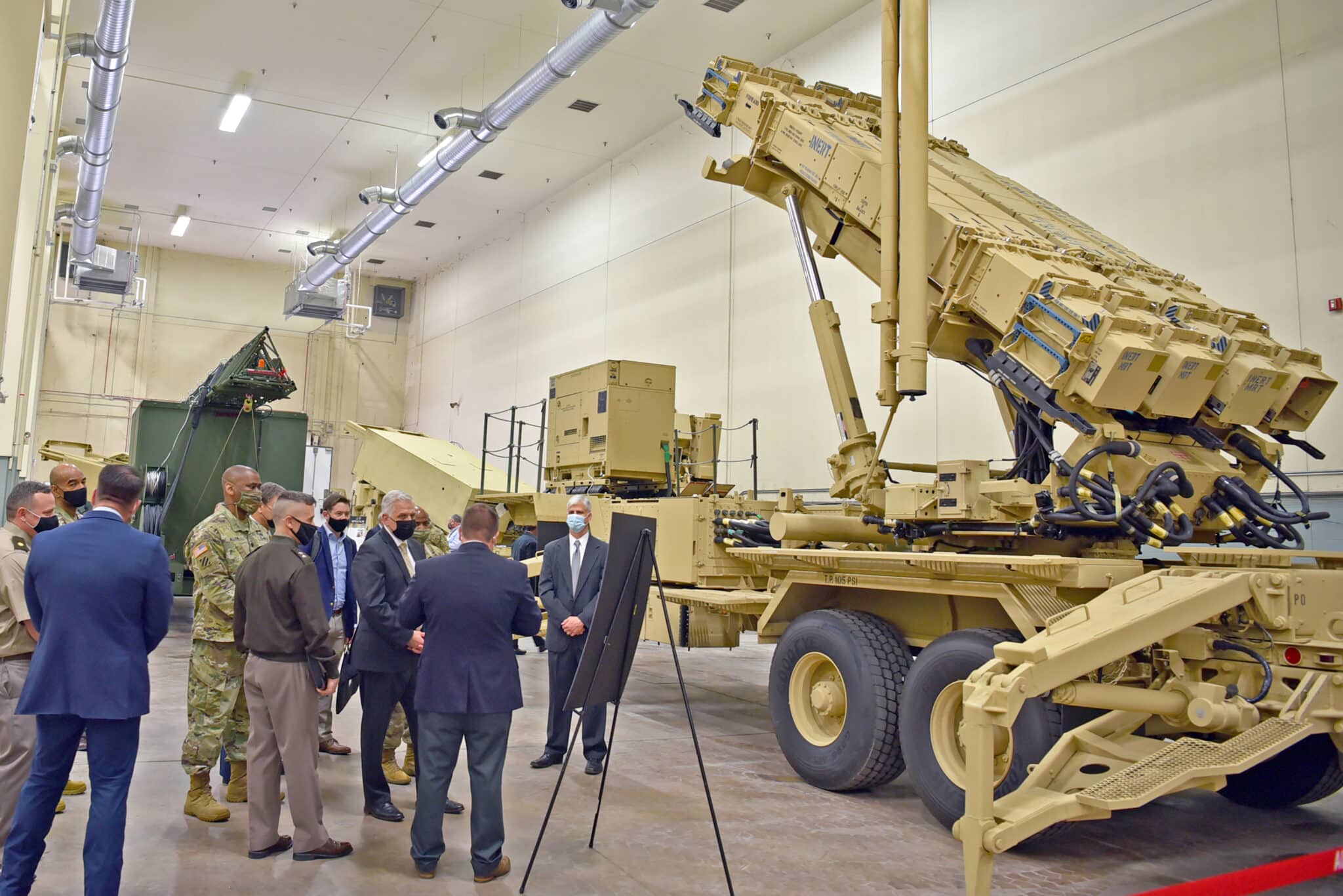If we needed more proof that the Pentagon’s Overseas Contingency Operations (OCO) budget is just a slush fund, on Monday budget details of the $5 billion amendment to the original OCO request were released. We’ve written a lot about the OCO account, but for those who don’t take the breathless interest in budget matters that we do at Taxpayers for Common Sense, here’s a little background:
The OCO Transfer Fund has been around since Fiscal Year 1997 (the Clinton Administration) when it was used to reimburse the military services for the costs of operations in the Balkans. Historically, it rang in at between $1 billion and $2 billion per year.
After funding two wars through emergency supplemental appropriations requests during the Bush Administration, the incoming Obama Administration chose to put the wartime requests into the OCO accounts. At first glance this made sense, since the original justification for OCO was “to meet operational requirements in support of contingency operations without disrupting approved program execution or force readiness.”
But the dirty little secret of the OCO account is that it’s “off budget.” That means it doesn’t count against the Budget Control Act caps put in place for domestic and defense spending. As the wars wind down the OCO account has become little more than a Pentagon slush fund – a way to avoid the fiscal restraints Congress placed on the rest of the federal government. And from modest beginnings in the late 1990s, we had a high-water mark OCO level of $186.9 billion in FY08. So there’s a lot of slush in that fund. How do we know? Let’s use just one example that we’ve written about quite a bit lately: the F-35.
At the beginning of September, the Pentagon asked Congress for the flexibility to “re-program” $1.3 billion previously appropriated for two specific OCO accounts: Operations and Maintenance (O&M) budget lines for the Army and “Defense-wide” (typically, money for a non-service specific purpose.) They wanted to spend that money, instead, to buy eight F-35s to “replace” fighter aircraft lost by the Marines (Harriers) and the Air Force (F-15s) several years ago. But since the F-35 isn’t operational, and certainly isn’t being used overseas, it seemed to us to be an odd use of Overseas Contingency Operations money. The House Appropriations Committee agreed and, we were happy to report, denied the request, something it rarely does.
So, that particular $1.3 billion in those two O&M accounts must have been extra, superfluous, unneeded, right? Why else would the Pentagon say they could afford to spend that money on airplanes instead?
Fast forward two months and look at the details of the latest $5 billion OCO request to “degrade and ultimately defeat” the so-called Islamic State (IS). The Pentagon says they need more money in those exact two accounts they would have happily raided in September: an additional $464 million in Defense-wide O&M and an additional $779.6 million in Army O&M. Add those two numbers together and you come up with $1.243 billion. And by our calculation that’s eerily similar to the$1.3 billion they said two months ago they didn’t need in those same two O&M budget lines and could transfer to the F-35. So which is it? Do they have $1.3 billion too much in those accounts, or do they need $1.24 billion extra to fight IS?
We suggest a quick check under the sofa cushions at the Pentagon where they might just come up with the entire $5 billion the Administration says it needs. Congress ought to suggest the Department of Defense do that before we hand over another $5 billion for the slush fund.











Get Social